In an earlier essay on here I wrote about ‘Following in Slaters Footsteps’ which may have been seen to imply I copy what he did. That would not be terribly creative would it? No, I follow his footsteps as he walked Seaford and the Cuckmere from where he lived, just up the road from me. Seaford has changed a great deal as has the nation, and the technology of recording the walks has changed too. For Slater recording the views may have involved a camera using film or just a visual notebook, whereas I have the advantage of sophisticated cameras with better brains than mine, although a digital image produced is temporary (most of mine will die with me) unless taken onto paper..
Slater, like his near contemporary from just down the coast in Eastbourne, Ravillious, used the tools and methodology of their time, and theirs has a more permanent feel although even paper and paint decay in time if not conserved properly. Digital lasts until the electricity is turned off, which under Miliband may be sooner rather than later, meaning that while my tools have some advantages they’re not all good. So I follow in Slater’s footsteps in an area of Sussex he walked and like him interpret what I see in the light of my own experience and obsessions to produce the physical evidence in paintings
For several years I have studied the rusting sea defences in Seaford and Cuckmere Haven and used the colour and texture to drive my own exploration of paint, colour and texture on paper and canvas. I’ve just bought a new camera lens to explore the rust in some detail, and have enjoyed looking at the stones and cement involved (see Diamonds in the Rough for examples). Rendering concrete has been an interesting experiment using blobs of pure colour with washes, scraping, blotting and overpainting, and has led onto more explorations in a separate series I call ‘Steps’ after the Bonningstedt stairs on Seaford seafront which are the primary inspiration source..
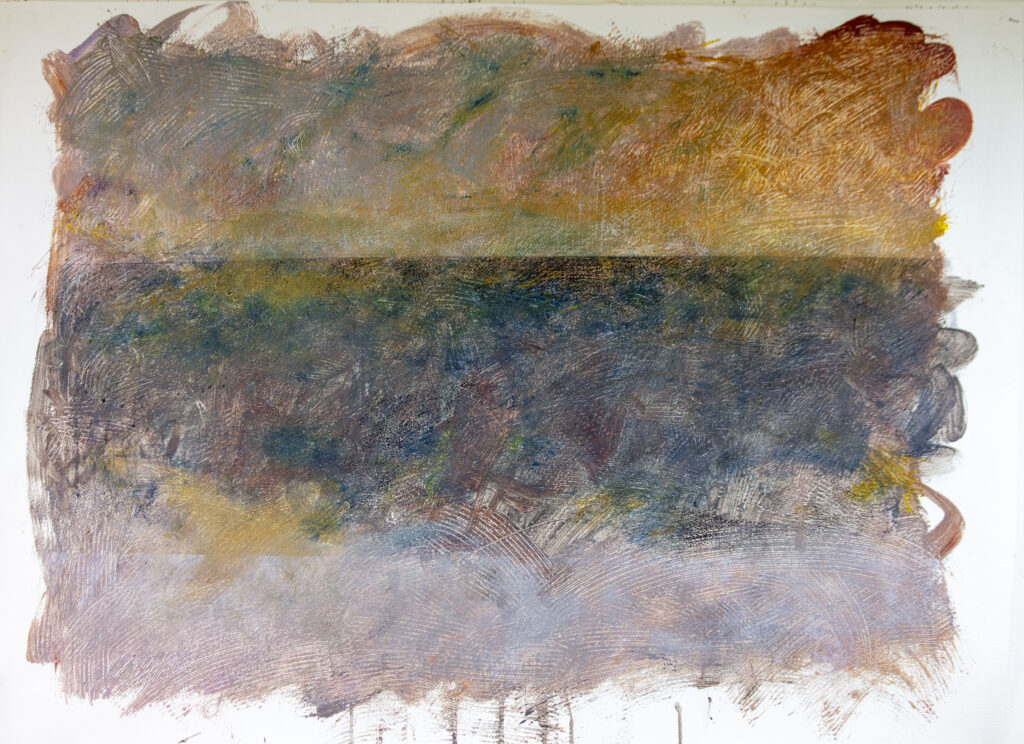
The second in the series had me sitting back wondering what was going on. 32×25.5 inches, acrylic paint on gesso primed paper with oil pastel and charcoal additions, varnished
The concrete used here seems to have incorporated some of the broken pebbles and pieces of flint of the beach, filling out the grey with blobs of colour. It also gets overlaid with sand in corners, maybe the only sand on our pebbly beaches. Together these create subtleties of colour influenced by weather, tides and the sun. So the paintings emerging continue the obsession with exploring texture within a different colour gamut as I hark back to the inspiration for the work without any attempt to reproduce it as the camera does that so much better (people sometimes look at me funny as they see me taking close ups of bits of concrete).
The results build in a different orientation to the BRotS which reflected the vertical structures that I took inspiration from hence the stripes that they gave – and the reference to one of my heroes, Bridget Riley. This time the steps give a horizontal format and a new game to play, and perhaps an unconscious memory of the work of Patrick Heron. Heron’s work contrasts with the more rigid grids of artists like Piet Mondrian, emphasizing a freer, more organic interplay of colour. His paintings reflected a belief in colour as the primary vehicle for emotional and visual experience. Heron was certainly an early influence on my work, more so than Rothko stripes..
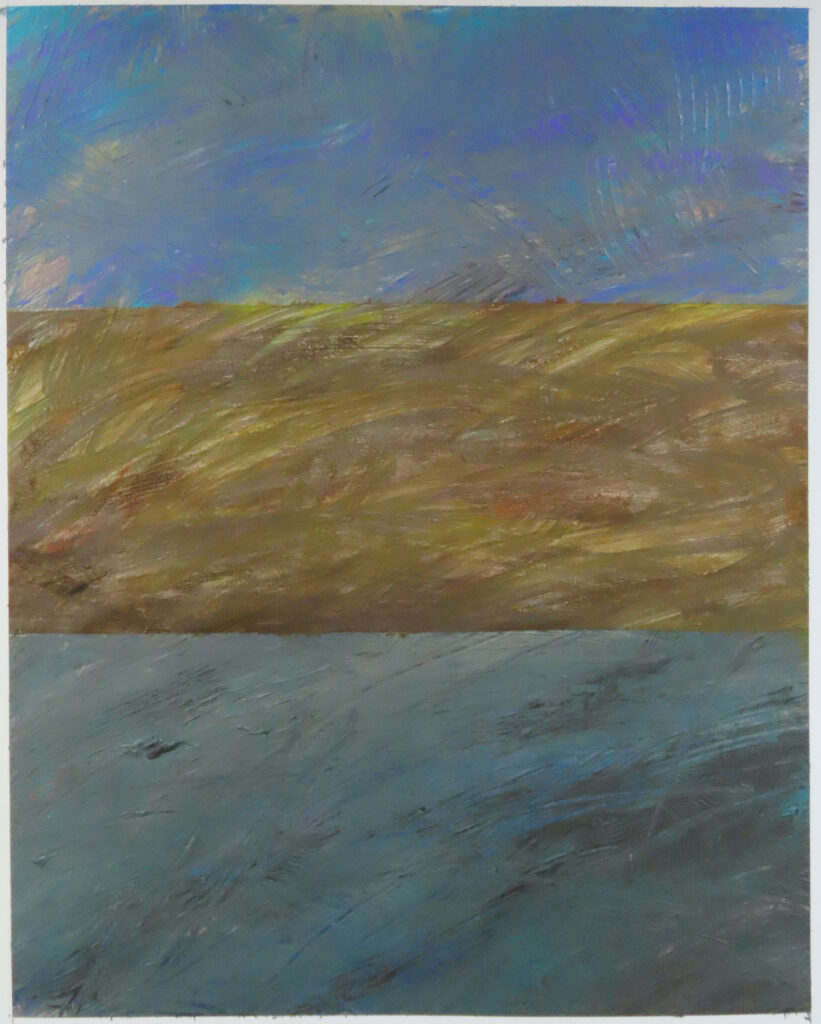
The latest piece starting to be a little more concerned with colour relationships rather than texture
All this is in part dredging the sludges of my own mind to find the spur, although the seafront remains the source of inspiration. More prosaically maybe the work beginning to flow again is because it is warmer and my arthritis less inhibiting when I go down the garden to the studio.
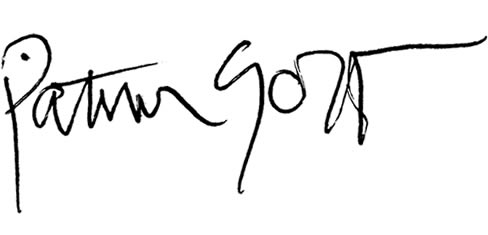
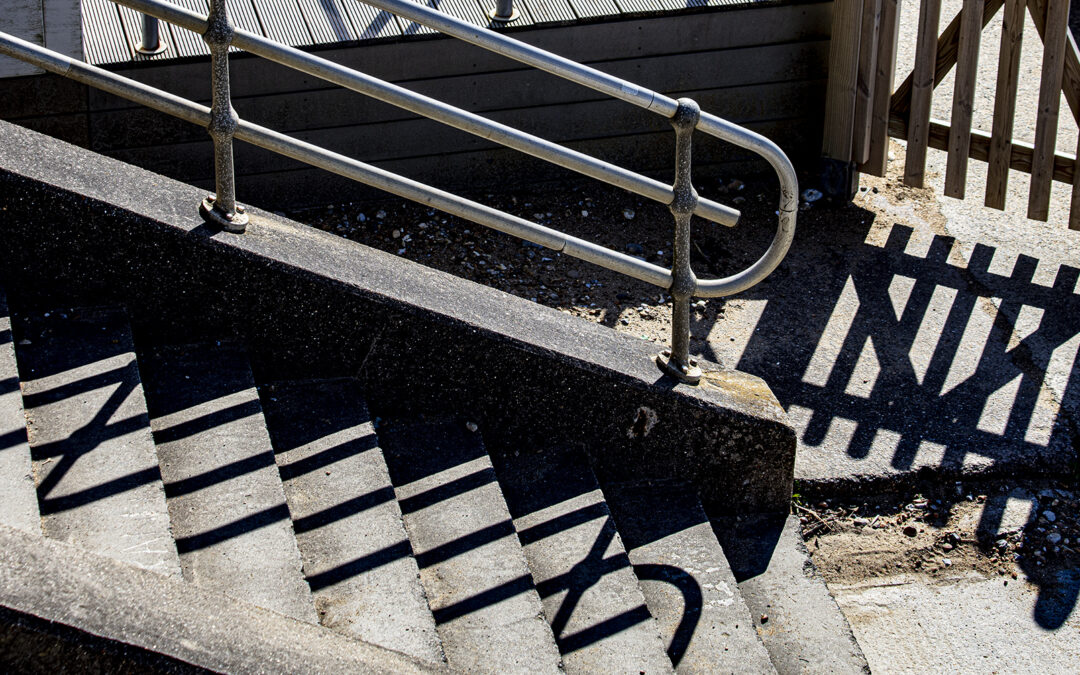

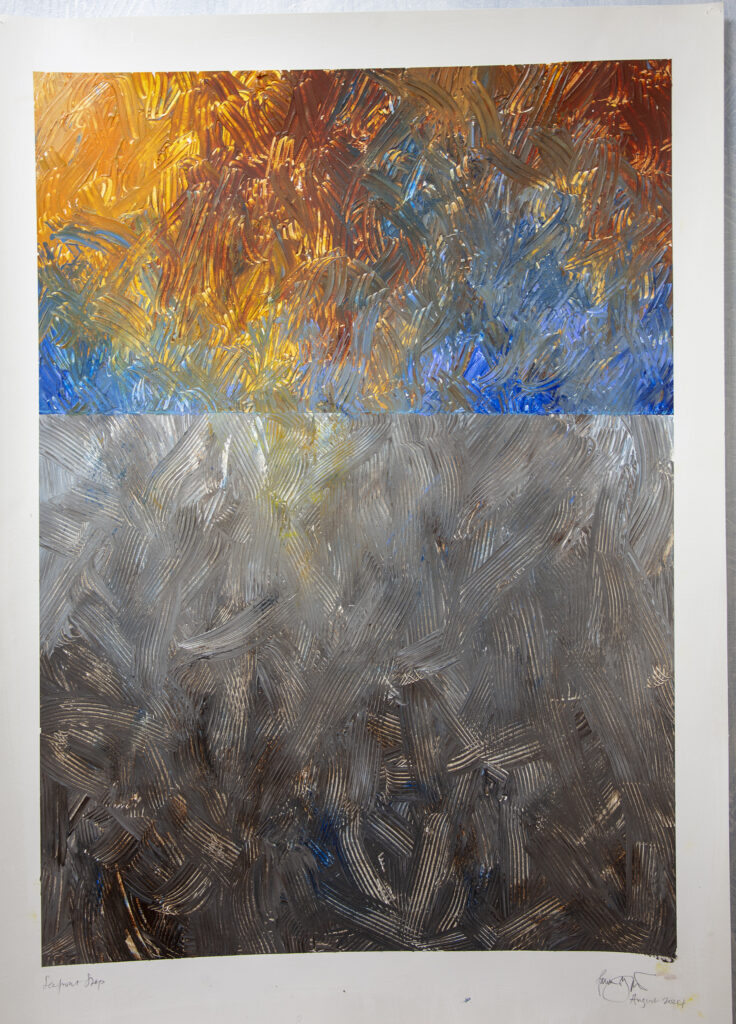
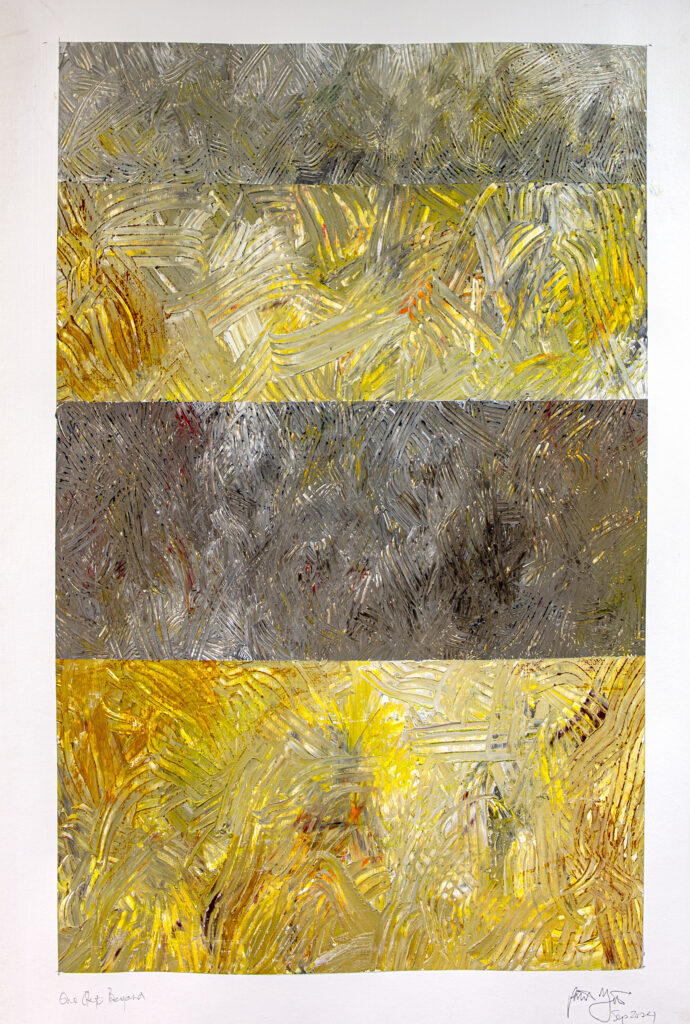
Recent Comments